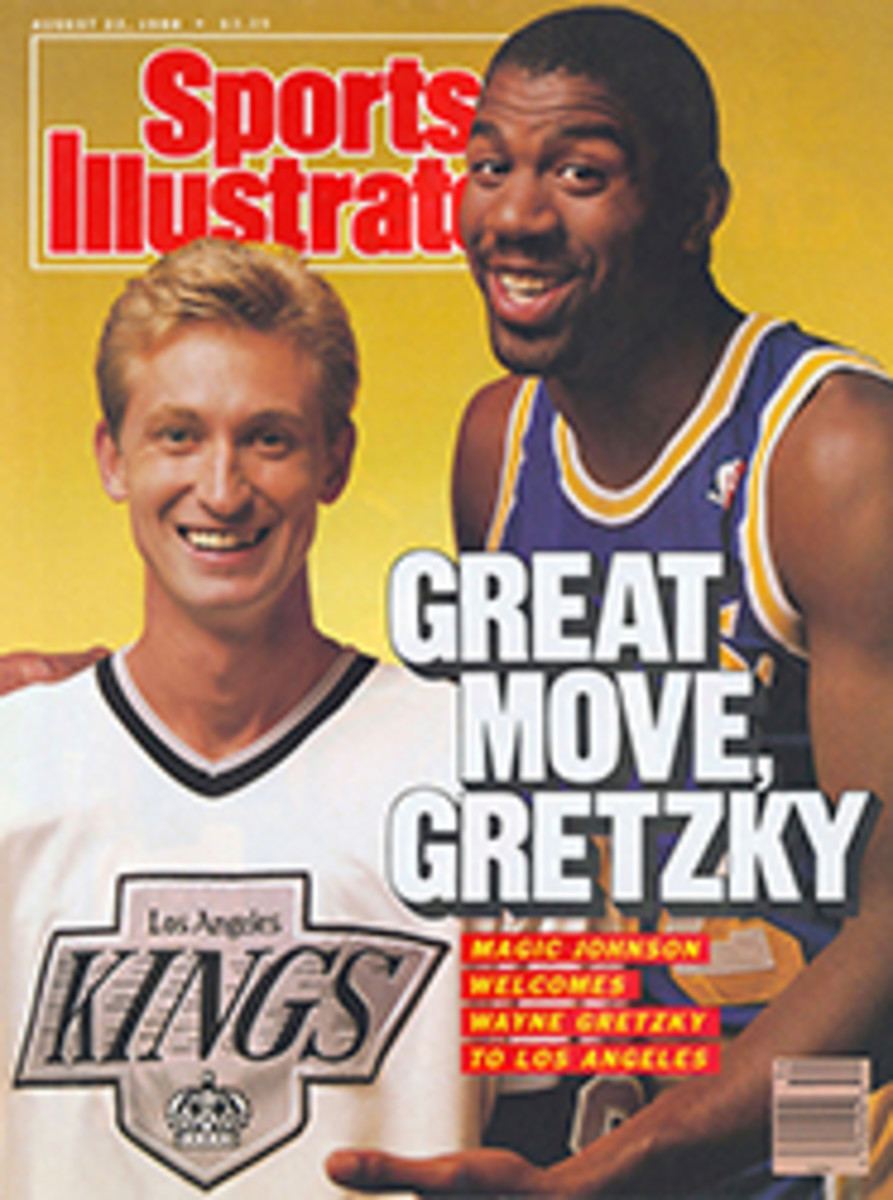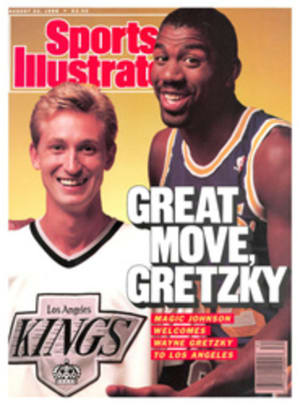
KEEPING AN EAGLE EYE ON OUR FEATHERED FRIENDS
On the morning of Jan. 30, a clutch of bird-watchers combing residential Ventura, Calif., spotted a hummingbird they couldn't identify from the standard U.S. field guides. Someone suggested trying a guide to the birds of Mexico, and when one was located, the tiny stranger was pegged as a female Xantus' humming-bird. A native of southern Baja, the bird was the first of its species reported north of the border.
A call was placed immediately to the North American Rare Bird Alert in High Point, N.C., and once the news was reported, NARBA's Bob and Pam Odear went into action: While Pam updated the tape recording on the group's hotline number, her husband telephoned birders on a special We Call You list.
A birder is usually a bird-watcher in motion, most often in pursuit of something scarce, and NARBA serves as a command center. For a fee of $31.50 a year, NARBA gives birders access to its hotline, which provides information on the sightings of rare birds anywhere in North America.
In addition to offering the hotline, the We Call You service allows subscribers to submit a list of species they hope to add to their life lists, so that they can be notified when and where a specimen is spotted. Fees are assessed on an upfront, per-bird basis. The rarer the bird, the lower the fee because the odds against one of those birds being spotted are longer, so there is less likelihood that the Odears will have to spend time informing subscribers of a sighting.
The Odears say that about 40 subscribers were telephoned the day the Xantus' hummingbird report came in. All subscribers but one—he was birding in Australia—headed for Ventura at the first opportunity. Sandy Komito, co-owner of an industrial roofing business in Fair Lawn, N.J., left for the airport as soon as Bob Odear called. He arrived in California that same evening. Early the next morning, using NARBA location information, which pinpointed the very tree where the bird was nesting, Komito spotted the little tourist and headed back to New Jersey in time for dinner.
"You have to understand," says Bob Odear, "that we're dealing with birds that are lost. They have no business being here. As a consequence, they normally don't stick around very long."
Indeed, despite nesting twice, the hummingbird hung around Ventura for only a month. During that time, however, more than 1,000 birders, many of them from out of state, signed a logbook provided by a local resident acting as the bird's host.
In chasing rarities a birder depends almost entirely on reports from the field. Until recently such reports were as fleeting as rumors and often less reliable. "There was an old-boy network that took care of perhaps a hundred people," says Bob. "That left the vast majority of birders out in the cold. You usually didn't find out about a bird until it was too late. Or you would chase the bird and find out it wasn't as advertised."
In 1985, the 51-year-old Odear left his job as CEO at Wrangler apparel, and with Pam's help (she also gave up a career, in marketing research and business forecasting), set about establishing a reliable system for gathering and disseminating birding information. One of his first calls went to Chattanooga to anesthesiologist Benton Basham, who with 793 birds (as of Aug. 1) on his North American life list, is at the very top of birding's numbers game. Basham was excited. "It was a godsend," he says. "Birders had hoped the American Birding Association or some other organization would do a national rare bird alert, but it never occurred because of the tremendous cost involved."
Cost, of course, was a concern of Odear's but not necessarily a deterrent. "It was my money. If I wanted to take it out to the street and set fire to it, that was my business," he says.
From the start, the Odears concentrated on delivering what Pam calls "an L.L. Bean quality product." Two 800-number telephone lines were installed to handle reports from the United States and Canada. Then, with Basham's assistance, 375 experts were organized to verify those reports. Although a nominal payment was originally made by the Odears for each verification, the fee has since been dropped with no discernible impact on accuracy.
The hotline gels roughly 50 calls a day from its 1,000 subscribers. Reports may come in—or go out—at any hour of the day or night, and the tape is updated immediately upon confirmation.
The Odears don't expect to get rich from the service. In fact, NARBA is still something less than a break-even proposition, subsidized in part by Bob's earnings as a management consultant. "We've done a relatively poor job of communicating to birders that the service isn't just for the hotshots," says Pam. "It can be used by people who plan a birding trip once a year."
Regardless of the Odears' disclaimer, NARBA's most enthusiastic subscribers are the fanatics. Basham estimates NARBA has saved him $100 to $150 a month in phone bills. Komito, who recently logged a record 726 species of birds on the North American continent in a single year, believes NARBA's impact on birding is second only to Roger Tory Peterson's development of a reliable system for identifying birds. Even Peterson, the high priest of birding, is said to use the NARBA newsletter to update his range maps.
Meanwhile, the hunt continues. Pam says she recently got a call from Louis Banker, a retired high school debating coach, who had spotted a masked duck near San Benito, Texas. "I said, 'Louis, I just got a report from Yarmouth, Nova Scotia. They've seen a northern lapwing.' He said, 'Goodbye. I'm leaving.' "
Any birders interested in joining NARBA can write to P.O. Box 1161, Jamestown. N.C., 27282, or call the Odears at (919) 841-8955.
PHOTO
WILL MCINTYRE
Pam and Bob Odear scan the skies near their Carolina home for signs of avian activity.
Stu Stuller lives in Colorado Springs and writes about sports and the outdoors.

